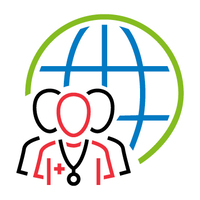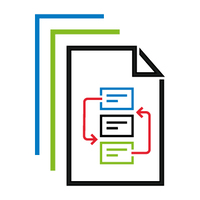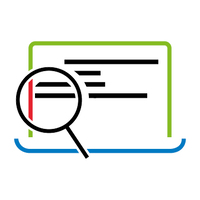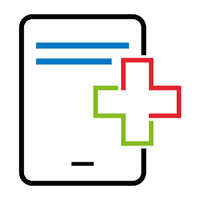Lessons learned from the COVID-19 public health emergency
As the global health community acknowledges the official end of the COVID-19 public health emergency, this transition period offers a moment of reflection and an opportunity to innovate and prepare for the future. The COVID-19 pandemic was a challenging time yet provided insights and learnings regarding the flow of information, the need for timely and accurate insights, and the importance of a coordinated care team when prevention and treatment recommendations were changing by the day.
In addition to a public health emergency, the global health community also faced an "infodemic," a term introduced by the World Health Organization (WHO) to describe the explosion of available medical information, including false or misleading intel that can cause confusion, widespread misinformation, and risk-taking behaviors that can harm health. During an infodemic, medical knowledge and research are overflowing and not always accurate, which can make it more difficult for clinicians to find trustworthy sources.
Keeping up with this high volume of often conflicting information was a major challenge for clinicians. In 2020, medical literature on COVID-19 increased by 50-90%, representing four percent of the world's research output.




